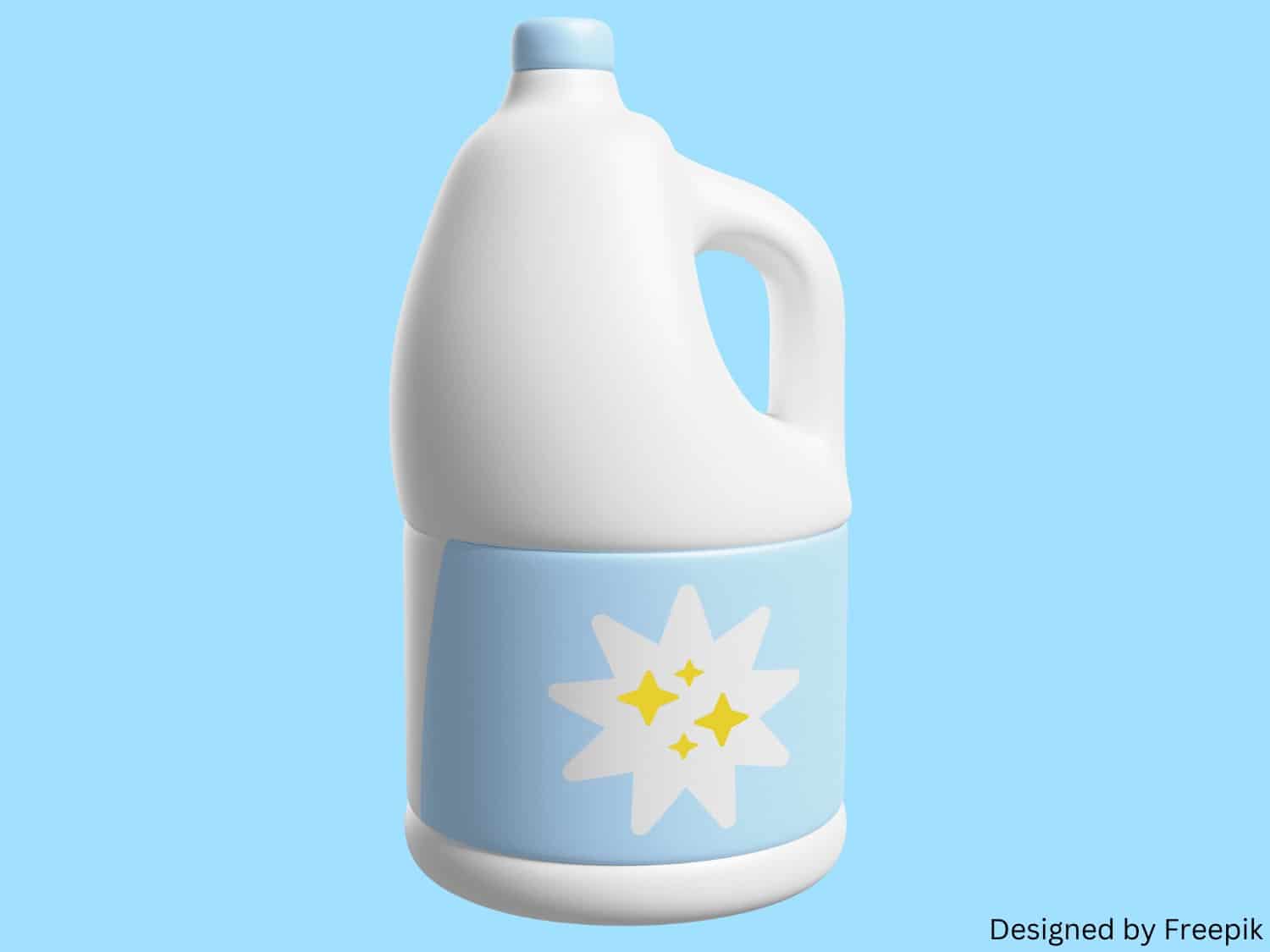

26
Aug

الصفحة الرئيسية » Health » How to Mix Clorox Safely
Bleach is a pretty awesome disinfectant, but you got be careful with it. You know not to mix it with ammonia, vinegar, or alcohol, right? But did you know the water temperature matters too? Here’s a handy guide on how to properly dilute bleach so you can use it safely as a disinfectant. Spoiler alert: lots of folks get this wrong.
If you want to disinfect stuff with bleach, it’s better to dilute it with water than to use it straight up. Diluted bleach is gentler on the things it touches & saves you money. A bottle of bleach can last a long time if you only use a little bit at a time.
When washing things with soap, we often go for warm or hot water because heat helps the soap work better. If you’ve ever tried washing dishes with cold water at a campsite vs. hot water at home, you totally know the difference. But for sanitizing with bleach, higher temps aren’t worth it. Using hot water isn’t dangerous (unlike mixing bleach with other stuff—please don’t put it on your skin), but it has some downsides. First off, hot bleach solution is more likely to send some bleach into the air, creating fumes that can irritate your eyes & nose. Use bleach in a well-ventilated area if possible. Room temp water will reduce this effect.
Another issue: hot water makes the chemicals in bleach break down faster. Even if made correctly, a bleach solution will be less effective if left out overnight. That’s why you should mix fresh each day. If you need diluted bleach for an afternoon’s cleaning spree, lukewarm water will keep its power longer than hot.
One time it’s okay to use hot water is for laundry. Clorox says it’s fine to wash clothes in hot bleachy water; heat can help bleach work quicker. The worries about fumes and losing strength don’t matter when it’s inside the washing machine for just a little while.
You’ll find lots of things called “bleach”—color-safe bleach, splash-less bleach, Clorox-branded cleaners, & more. For disinfecting, we mean regular household bleach with 8.25% sodium hypochlorite as the active ingredient. Use bleach that has 5-9% sodium hypochlorite, following CDC guidelines.
Mixing ratios: Don’t just pour random amounts of bleach into water—measure! The CDC suggests these ratios: 5 tablespoons per gallon of room-temperature water, or add four tablespoons per quart of room temperature water.
Remember: if you’re going by gallons, you need five tablespoons (a bit more than 1/4 cup). Heard 1/3 cup per gallon? Close enough.
For quarts: that’s four teaspoons. For smaller batches, like spray bottles, two teaspoons work for 16 ounces.
This math’s easy if you know kitchen units by heart—three teaspoons per tablespoon and so on. Here’s a handy chart from Clorox showing measurements for various bucket & bottle sizes.
Diluted bleach doesn’t last forever. If you mix it in a bucket right before use & dump leftovers immediately, you’re good. But if you make some to use throughout the day (like in a spray bottle), toss it at day’s end. Bleach breaks down once diluted, & solutions are only good for about 24 hours. So that spray bottle won’t be useful tomorrow! Also remember—sunlight speeds up this breakdown, store temporary solutions in an opaque container. Here are Clorox products.
I hope this helps! Keep things clean and safe! For more about cleaning, you can check the shop section for cleaning products here.